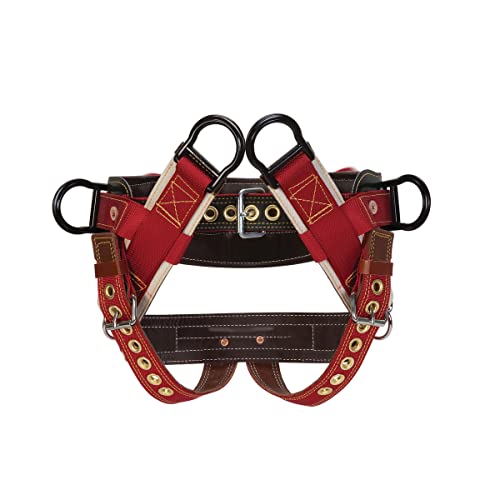The OREGON website has information on kickback under the technical and safety tab. The kickback page shows a guy cutting on the upper half of the bar nose (12 o'clock to the 3 o'clock postion when the bar is horizontal). This is the area most likely to result in a kickback reaction.
To bore into the wood, an operator never starts the boring cut with the upper half of the bar nose. Instead the bar is held at an angle to the log so the lower half (4 to 6 o'clock position) of the nose starts the boring cut, best to start at the 4:30 position.
Boring
can be dangerous. If proper procedures aren’t followed, boring can cause
severe kickback.
Points to Remember:
• Make sure of firm footing.
• Keep both hands on the saw.
• Twist the bar slightly when the cut is started.
• Hold the saw close to your body, but still to one side.
• Don’t bore unnecessarily.
Start the cut with the bottom of the bar nose, like the top bar in the picture. Once the full nose and 4 or more inches are in the log then you can angle the bar so it cuts more at the 3:30 position. Be careful when you resume a boring cut not to contact the top of the bar nose into the log.
There is a good handbook for chain saw use at:
http://www.worksafebc.com/publicati...ation/by_topic/assets/pdf/fallers_buckers.pdf
Page 84 shows the boring like the picture above, but I would not suggest you try cutting into the log like the lower bar in the picture. That technique is for a very experienced logger.
























































